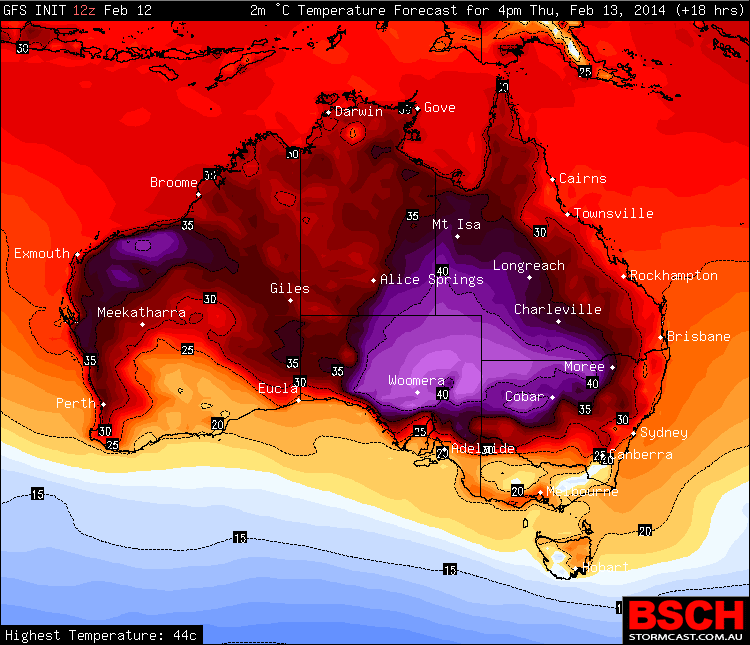The world is heating up, that’s no longer up for debate, but there are many ways through which we can discuss how much the planet has warmed. You can calculate global averages, chart rising levels, discuss freak weather events, but that’s all difficult to understand and sometimes debatable.
In a new study in Geophysical Research Letters, however, two Australian researchers developed a new, extremely simple method: using the ratio between f new hot temperature records set in the country to new cold temperature records.
“In a stationary climate, a climate where we don’t have any trend or long-term change, we expect hot and cold records to be broken at almost the same rate,” explains Sophie Lewis, the lead study author and a researcher at the Australian National University in Canberra. “But in the last 15 years, we see a dramatic increase in the frequency of hot records and the decrease of cold records.”
They examined regions and the country as a whole, considering only monthly, seasonal and annual records. From 1910 to 1960, the ratio of hot to cold records was close to 1 to 1. From 2000 to 2014, hot outnumbered cold records by more than 12 to 1.
“Over this last period, the probability of cold record-breaking is generally low and the number of new cold temperature records set approaches zero,” the study observes.
The results are simple to understand, and very striking. As a previous study noted, if the average temperature rises, then so will the number of heat records (all things remaining equal).
“In the anthropogenically forced case, the average number of hot records increases through time, while the number of cold records concomitantly decreases,” the modeling result found. “The recent rate of hot record-breaking dramatically exceeds that expected in a stationary climate,” the paper concludes.



